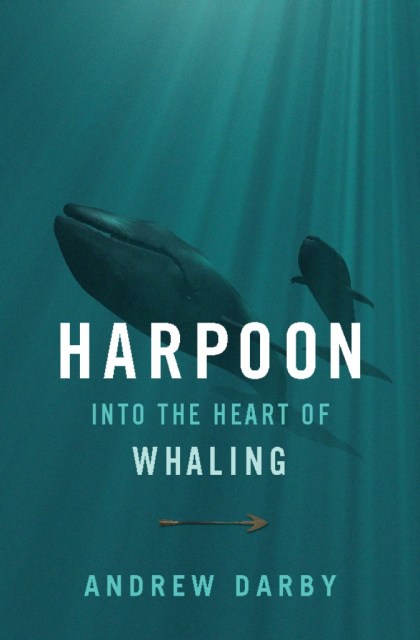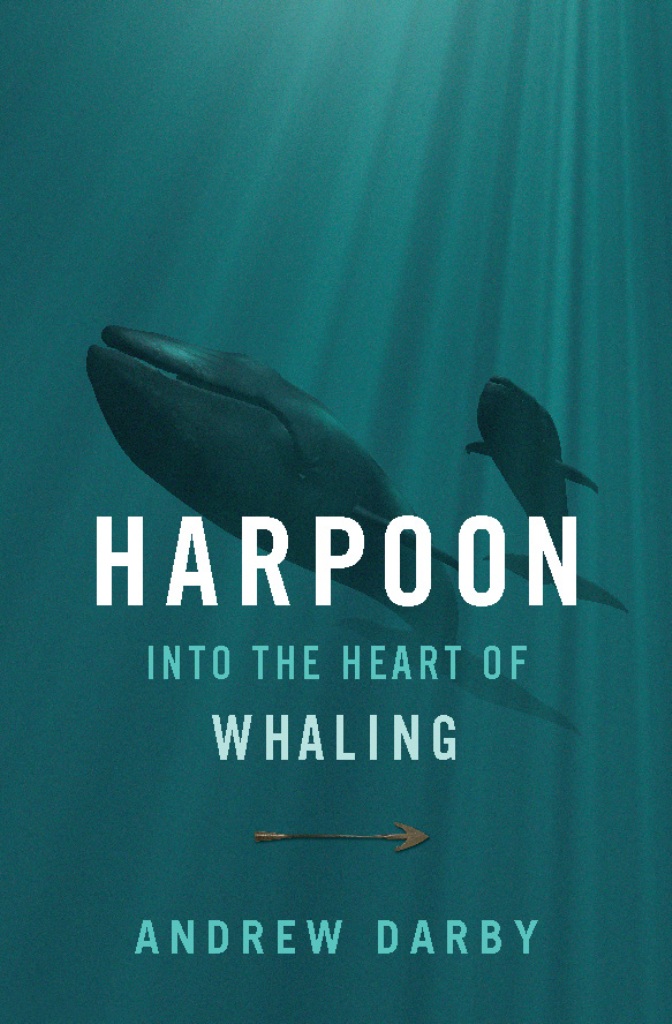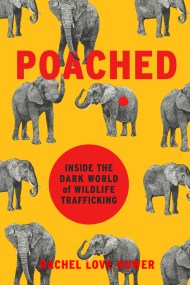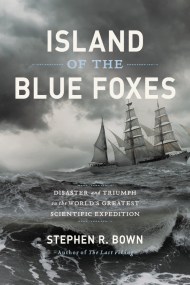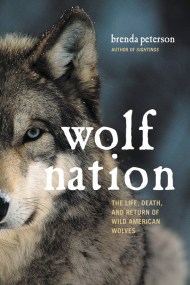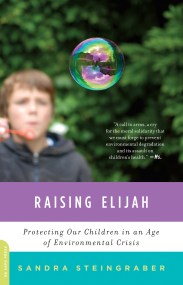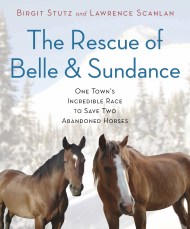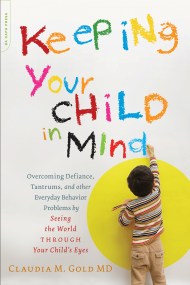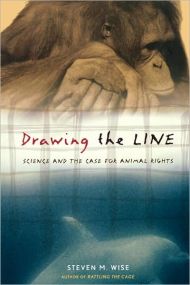Promotion
Use code MOM24 for 20% off site wide + free shipping over $45
Harpoon
Into the Heart of Whaling
Contributors
By Andrew Darby
Formats and Prices
Price
$16.99Price
$21.99 CADFormat
Format:
ebook $16.99 $21.99 CADThis item is a preorder. Your payment method will be charged immediately, and the product is expected to ship on or around April 13, 2009. This date is subject to change due to shipping delays beyond our control.
Also available from:
From one-hundred-fifty-ton barnacled Blues to the sleek, embattled Minke, whales have been hunted worldwide to near extinction. Despite efforts to halt the killing, the future of these majestic mammals-known as “mind in the water”-is again in jeopardy. With passion and engaging detail, Andrew Darby profiles each species of whale and its place in this great drama. From the wooden harpoons of aboriginals in “cockleshell” vessels, to the high-tech killing machines of today's lawless Russian whalers and smooth-talking Japanese “scientific” crews, Darby chronicles the evolving pursuit of whales and its significance to our humanity. Fans of well-written history, as well as those fascinated by whales and the fierce international conflict surrounding them, will be swept into the very heart of whaling.
Genre:
- On Sale
- Apr 13, 2009
- Page Count
- 368 pages
- Publisher
- Da Capo Press
- ISBN-13
- 9780786732005
Newsletter Signup
By clicking ‘Sign Up,’ I acknowledge that I have read and agree to Hachette Book Group’s Privacy Policy and Terms of Use
